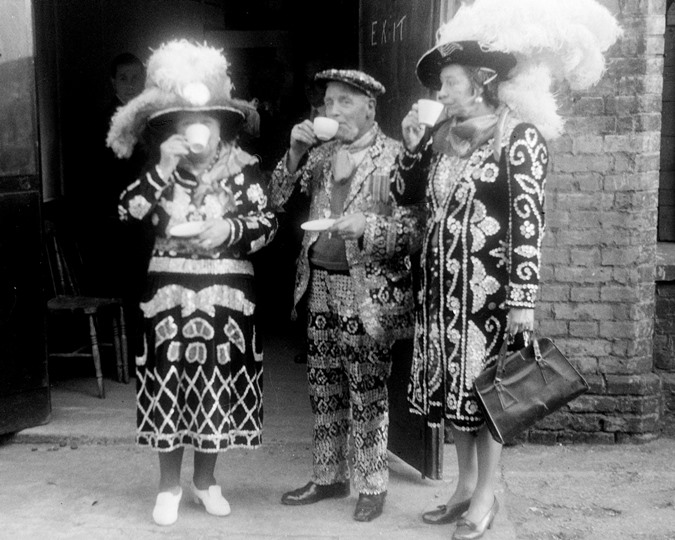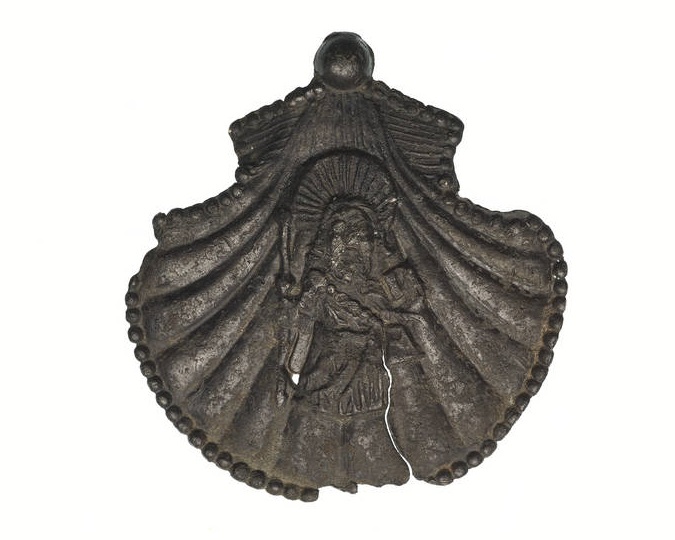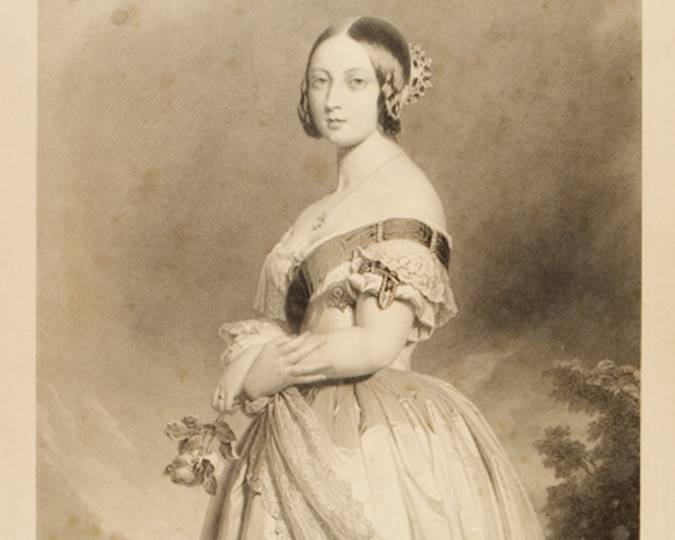What does it look like to live through a pandemic? What happens to a metropolis like London when all but essential workers are told to stay at home? And how will future generations look back on this extraordinary time period? The Museum of London acquired a captivating set of images that show us what life in London was like during the COVID-19 lockdown.
As soon as Londoners were instructed to stay at home in March 2020 in an effort to curb the spread of COVID-19, photography re-asserted its powerful ability to capture, share and communicate personal and collective experiences. More than ever, social media became a way of staying connected with one another whilst we remained physically separated, and — for most of us — strange views of an empty, almost post-apocalyptic city centre were only seen through the lens of the camera. An impulse to document the sudden drama of everyday life during the lockdown — the fear, anxiety and boredom of lockdown interspersed with moments of joy and beauty — prompted a creative boom that saw many people picture their own version of the pandemic.
At the Museum of London, we embarked on Collecting COVID: an expansive curatorial project to gather objects and first-hand experiences of the pandemic that would reflect the voices of a broad range of Londoners — from frontline workers and home-schooled children to community volunteers — and enable us to tell their story to future generations. As part of this project, we gathered photographs that reflect a range of perspectives and which collectively create a multi-faceted picture of the lockdown. The three series of photographs below are some of the images the museum acquired as part of its collection, and they also feature in a new book titled London in Lockdown, which was co-published by the museum with Hoxton Mini Press.
Spencer Murphy
Our Bullet Lives Blossom as They Race towards the Wall
Award-winning photographer Spencer Murphy was intuitively drawn to the cinematic appearance of London in the initial weeks and months of the pandemic. Driving or cycling around the city, he’d encounter people, places and situations that seemed like something out of a movie, pointing his camera to document it all: “I actually started photographing before the lockdown was announced, when there was that nervousness in the air — I was trying to capture the mood of the moment. Then, when lockdown was announced I’d take my camera with me on my daily exercise.”

From the series ‘Our Bullet Lives Blossom as They Race Towards the Wall’ by Spencer Murphy, 2020 (© Spencer Murphy / Museum of London; ID no.: 2021.179/2)
At first, Murphy captured the unusual sight of people in PPE and homemade masks, and the scores of plastic gloves scattered on the ground. But the project grew to something bigger, eventually becoming a visual record of the pandemic as a historic moment. His account feels both poetic and provocative. Murphy’s photo essay ‘Our Bullet Lives Blossom as They Race towards the Wall’ narrates the experience of lockdown through a combination of portraiture and street photography.
In his photographs, Murphy picks up on political expressions and individual statements in the urban landscape, which bring into focus the sharp socio-economic dividing lines of a nation gripped by an invisible threat. Graffitied slogans, padlocked swings, looming tower blocks, deer roaming suburban streets and the prime minister’s pixelated image all contribute to a sense of estrangement, frustration and isolation.

From Spencer Murphy's series, 2020 (© Spencer Murphy / Museum of London; ID no.: 2021.179/23)
Several of Murphy’s photographs hint at social and racial inequalities that were perhaps even more acutely felt during the pandemic.
His photograph of a man wearing an ‘I Can’t Breathe’ T-shirt, for example — simultaneously referencing the death of George Floyd, Black Lives Matter protests and one of the main symptoms of COVID-19 — captures the entanglement of the virus with a racial justice crisis and global climate emergency.
“It was really important to me to cover such themes and for my photographs to go beyond the surface,” says Murphy. “It became a bit of a mental health thing for me, making sense of what was going on. I think everyone’s emotions were heightened, and a lot of what I do tries to speak to that sensibility.”
Jemima Yong
Field
In almost abstract black-and-white photographs, photographer and performance maker Jemima Yong records people exercising on the field below her South London flat from the vantage point of her seventh-floor window. Cooped up at home in the spring of 2020, when only one form of daily exercise was allowed, Yong picked up her camera in response to a creative prompt by a friend and started chronicling her neighbours’ activities on this inconspicuous area of green space. In a daily series of images, Yong follows events on the field while training her eye on the motions, body language and interactions of the people moving into her field of vision, capturing them like tiny figurines or actors in a play.

From the series ‘Field’ by Jemima Yong, 2020
© Jemima Yong / Museum of London (ID no.: 2021.114/6)
Shot at a time when the spread of COVID-19 made us all hyper-aware of our own bodies, Yong’s bird’s-eye-view images evoke a sense of performativity and choreography. “I am drawn to the ways in which photography can capture the intangible,” says Yong, “relationships, atmosphere, the essence of things. I seek out the spaces in between people that evoke a sense of story”. By emphasising the distance between herself and the outside world in these striking pictures, Yong imbues apparently mundane activities like dog walking or exercising during the lockdown with new layers of meaning.
Grey Hutton
The Ties that Bind

Sami Ayad, 2020 (© Grey Hutton / Museum of London; ID no.: 2021.180/20)
Documentary photographer Grey Hutton spent the lockdown getting to know the founders, volunteers and users of a range of local charities and community organisations in the borough of Hackney.
Living locally, Hutton soon realised how vital these networks and organisations were in supporting the lives of residents in one of London’s most disadvantaged boroughs, where levels of unemployment, poverty, housing struggles and health issues are high, especially during the COVID-19 pandemic.
He set out to document the extraordinary work undertaken by organisations such as food banks, mental health support services, baby banks and local ambulances, most of which were entirely volunteer-run and self-funded.

Shukri Adan, 2020 (© Grey Hutton / Museum of London; ID no.: 2021.180/19)
“These organisations are not government bodies,” says Hutton, adding, “they are literally just your community, your neighbours, a person who is living down the road. It brings home the importance of these organisations and how reliant so many families are on them. They really are holding certain communities together.” Deeply touched by the individuals, stories and struggles he encountered, Hutton immersed himself in the daily life of these communities and the resulting photographs portray the compassion, resilience and solidarity with which they are run.
Among the people he documented are Shukri Adan, the founder of Connecting All Communities, who distributed meals and small gifts to families in Hackney Downs park to celebrate Eid in August 2020, and Sami Ayad, who was born in Sudan but raised in Brazil and volunteers for the Children with Voices Community Food Hub in De Beauvoir Town. Their everyday acts of kindness and solidarity have helped many people pull through the COVID crisis.



























